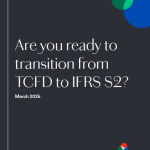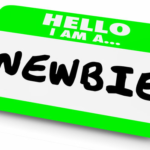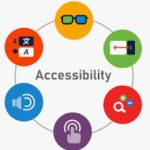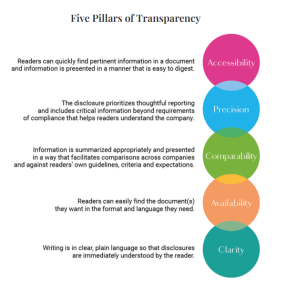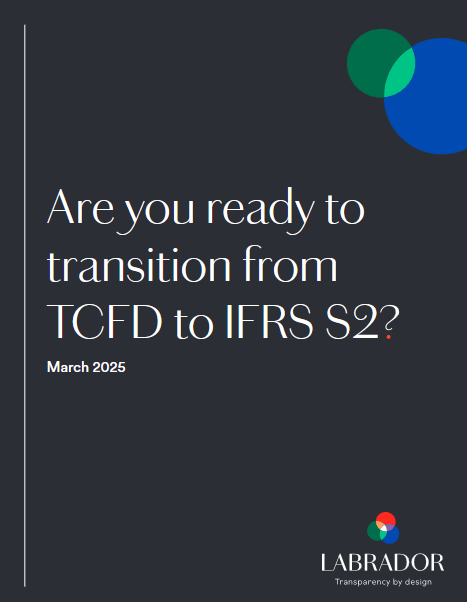When you’re in the business of drafting disclosure, you probably should sometimes be asking yourself, “Does anyone read this stuff anyway?”
Maybe it’s a scary thing to consider because the answer might easily be “Um, not a whole lot.”
But for those that do read what you’re drafting, the question then becomes “How do they read it?” Meaning what parts of what you’ve written are they most interested in? Are there other parts they would have read if they had known they were there?
This is where “usability” comes in. Usability refers to the quality of a reader’s experience when interacting with your disclosure – the effectiveness, efficiency and the overall satisfaction of the reader. This is sometimes determined through conducting usability studies.
Interestingly enough, a good usability study won’t solely rely on asking a reader which parts of a corporate disclosure they found the most effective or interesting. That’s because readers typically don’t realize how they actually read. That’s strange I know. But true. Usability studies are designed so that a reader’s eye movements are tracked and the resulting data is much more reliable than simply asking someone about their habits.
This is a topic that I’ve been long interested in and I’ve been amused over the years that few in our field has paid any attention to it. Jakob Nielsen has been the expert that I’ve followed the most and he’s conducted a few usability studies related to IR web pages over the years.
Here’s is Jakob’s latest report on IR web pages – it’s not dated and I believe it’s pretty old based on the content. But it still has a number of great suggestions for those looking to enhance their IR web pages.



